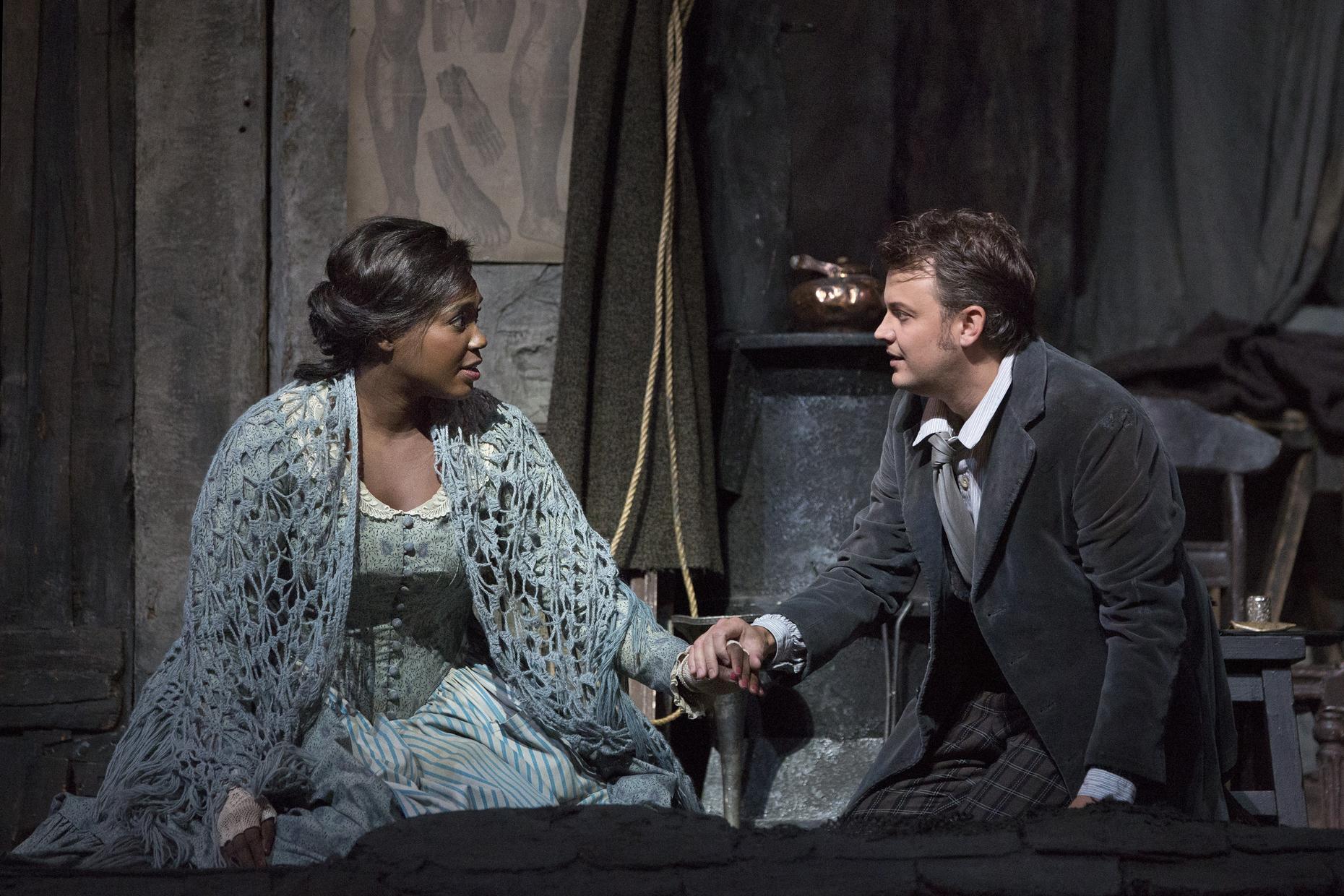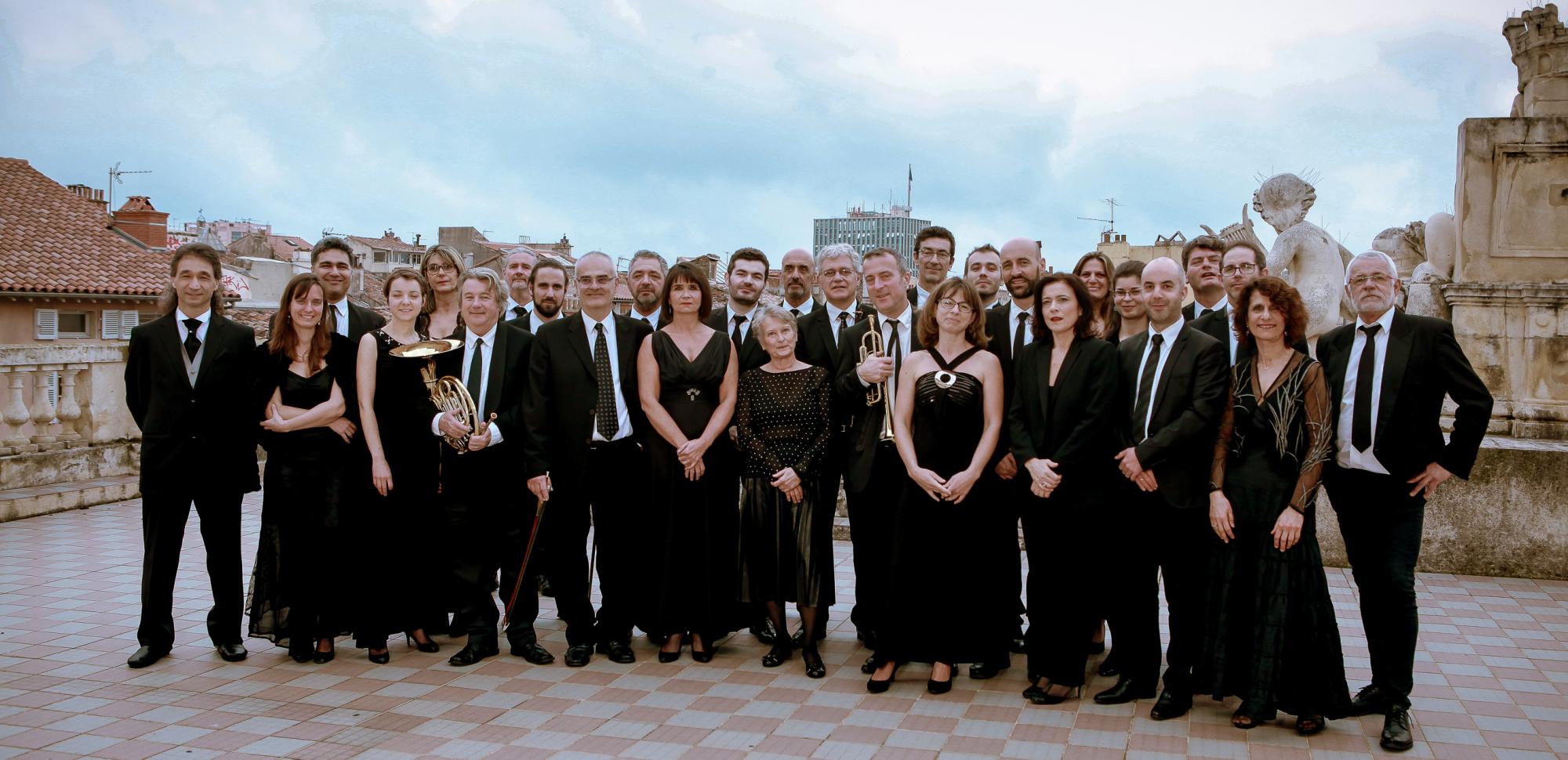

Mimì’s coughing and crying reveal herself, and Rodolfo rushes to who her stunned. He is poor and hopes that she will find a wealthy suitor who can provide better for her. He soon breaks down and reveals that he is so worried about her failing health that he uses jealousy to excuse him to leave. He’s come looking for Marcello and, unaware that Mimì is listening, initially explains that he left her because of her flirting. Marcello worries about her health and tells her that Rodolfo is asleep inside. He emerges she explains Rodolfo has left her, having acted horribly jealous. She has learned he now lives at this tavern painting signs for the innkeeper. After a brief scene-setting, Mimì arrives, coughing and appearing in generally terrible shape, looking for Marcello. Gordan © Sarasota OperaĪ couple of months have passed, but we are still in the depths of winter. We kick off the first big aria of the opera, Rodolfo’s ‘Che gelida manina’, which Mimì responds to with her fabulous ‘mi chiamano Mimì’.Īct III, designed by David P. What follows is a wonderfully operatic ten minutes in which Rodolfo and Mimì go from having never met to being deeply in love. Rodolfo invites her in, but she suddenly feels faint, and Rodolfo helps her to a chair and gives her some wine. Her candle has blown out, and she has no matches, so she has come to ask for a light. It is Mimì, who lives in another room in the building. Not long after they leave, there is a knock at the door. However, when he reveals he is married, they comically turn on him, throwing him out (without the rent!) in faux moral indignation.Īll but Rodolfo go out he requests a few moments to finish writing an article and says he will join them later. The group immediately offers him wine, and having gotten him drunk on the booze and flattery, Benoît regales them with tales of his romantic pursuits. They raucously begin to set up dinner from this good fortune, but Schaunard insists that they dine out on him tonight! These celebrations are quickly interrupted by Benoît, their landlord, who arrives demanding the rent. Colline is despondent and cold, but Schaunard is elated, arriving with food & wine, firewood and money, having earned a well-paying job with some eccentric gentleman. Their two other housemates Colline and Schaunard return. Rodolfo and Marcello, two of the four artists living together in this cramped space, are desperate to keep warm going as far as to burn Rodolfo’s latest play. The curtain rises on a dismal garret in Paris on Christmas Eve, the late 1830s. The Act I Garret © Tim Trumble/Arizona Opera We hope you come to adore it as much as we do! In Brief It’s an easy opera to love, packed with those big tunes and an outstanding balance of the intimate and the spectacular (the curtain up on Act II is regularly an applause getter in many productions). It also contains some incredible non-narrative scene-setting music, the openings of Acts II and III in particular masterclasses in producing atmosphere through sound. You’ll come to recognise his use of small musical motifs that though not highly structural, cunningly evoke characters and themes throughout the work. It offers all the hallmarks of his canon, soaring tonal melodies in lush orchestrations combined with a dissonant undertow, a hint of darkness never far away. The narrative, set around the late 1830s in Paris, has aged remarkably well with a youthful universality that has endeared it to the opera-going public more or less continuously since its 1896 premiere.īohème was Giacomo Puccini’s fourth opera and is generally considered to be his first fully mature work. It is a triumphant blend of grim reality and soaring romanticism. La bohème is a warhorse of the operatic repertory, one of the most frequently performed around the world, and for excellent reason.

Presented in a co-production with Detroit Opera and Boston Lyric Opera, this bold, unconventional take on Puccini’s opus is itself an experimental, nonconforming, and original piece of art.Adolfo Hohenstein's 1896 poster for La bohème In this new, never-before attempted arrangement, Sharon reappraises the ways in which audiences and artists can interact with repertoire, bringing fresh eyes and ears to a classic while extracting hope from tragedy, life from death, and love from loneliness. Yuval Sharon’s new production of La bohème casts familiar elements in a new light, as Sharon stages the classic opera in reverse order from Act IV to Act I, with text and music otherwise unchanged. Libretto by Luigi Illica and Giuseppe Giacosa Performed at the Emerson Colonial Theatre


 0 kommentar(er)
0 kommentar(er)
